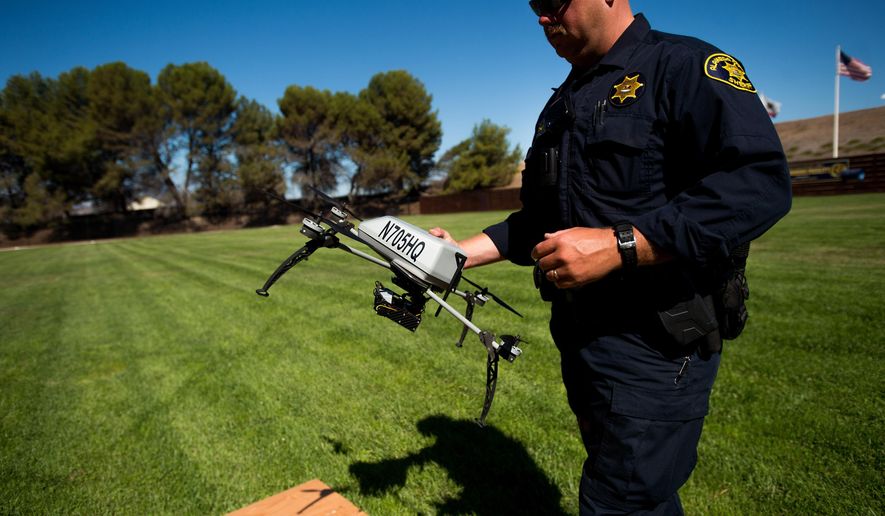Several U.S. government agencies are working with state and local law enforcement to develop new technology to track and disable drones safely, according to sources familiar with the project.
The revelation comes amid heightened security concerns as more rogue drone sightings are being reported. Earlier this month, pilots reported multiple illegal drone sightings at John F. Kennedy International Airport, prompting the Department of Homeland Security to issue a terror warning.
The increased sighting are raising concerns that the drones could hit an airplane during takeoff or landing or be used as a weapon in a deliberate attack.
Although research on the technology is at an early stage, at least one field test has already been conducted, Reuters reported.
Last New Year’s Eve, New York police used a microwave-based system to try to track a commercially available drone in Times Square and send it back to its operator, a source involved in the testing told Reuters.
The previously unreported test, which ran into difficulty because of interference from nearby media broadcasts, was part of the nationwide development effort that includes the Department of Homeland Security, the Federal Aviation Administration and the Defense Department, the source said.
The sources were not authorized to speak about the project and declined to be identified.
U.S. authorities have limited tools for identifying drone operators, many of them hobbyists, who violate federal regulations prohibiting drones from flying higher than 400 feet and no closer than 5 miles to airports.
Congress in 2012 barred the Federal Aviation Administration from regulating recreational drones.
Now police hope to be able to use the new technology to take control of a rogue drone, steer it safely away from the public and guide it back to its operators, who can be identified, the sources told Reuters.
“We can’t shoot it out of the sky. We have to come up with something that’s kind of basic technology so that if something happens, the drone or device will just go right back to the operators. It won’t crash,” one source said.
“You need enough power to override the transmitter. If I just jam it so it can’t receive signals, it’s probably going to crash. But if I know the transmission codes the drone is using, I can control that object,” said retired U.S. Marine Lt. Col. Muddy Watters, an electronic warfare expert.
Laws governing the use of drones have slowed their dramatic rise in areas spanning agriculture, filming and recreational use. Recreational drone operators are not required to register their machines, obtain training or put identifying features on the aircraft, making it extremely difficult for police to track down rogue operators, Reuters reported.
U.S. pilots have reported more than 650 drone sightings this year, as of Aug. 9, well over double the 238 total for all of 2014, the FAA said last week.
More than 1 million drones of all kinds are expected to be sold in the United States this year, compared to 430,000 in 2014 and 120,000 in 2013, according to the Consumer Electronics Association.
• Kellan Howell can be reached at khowell@washingtontimes.com.




Please read our comment policy before commenting.